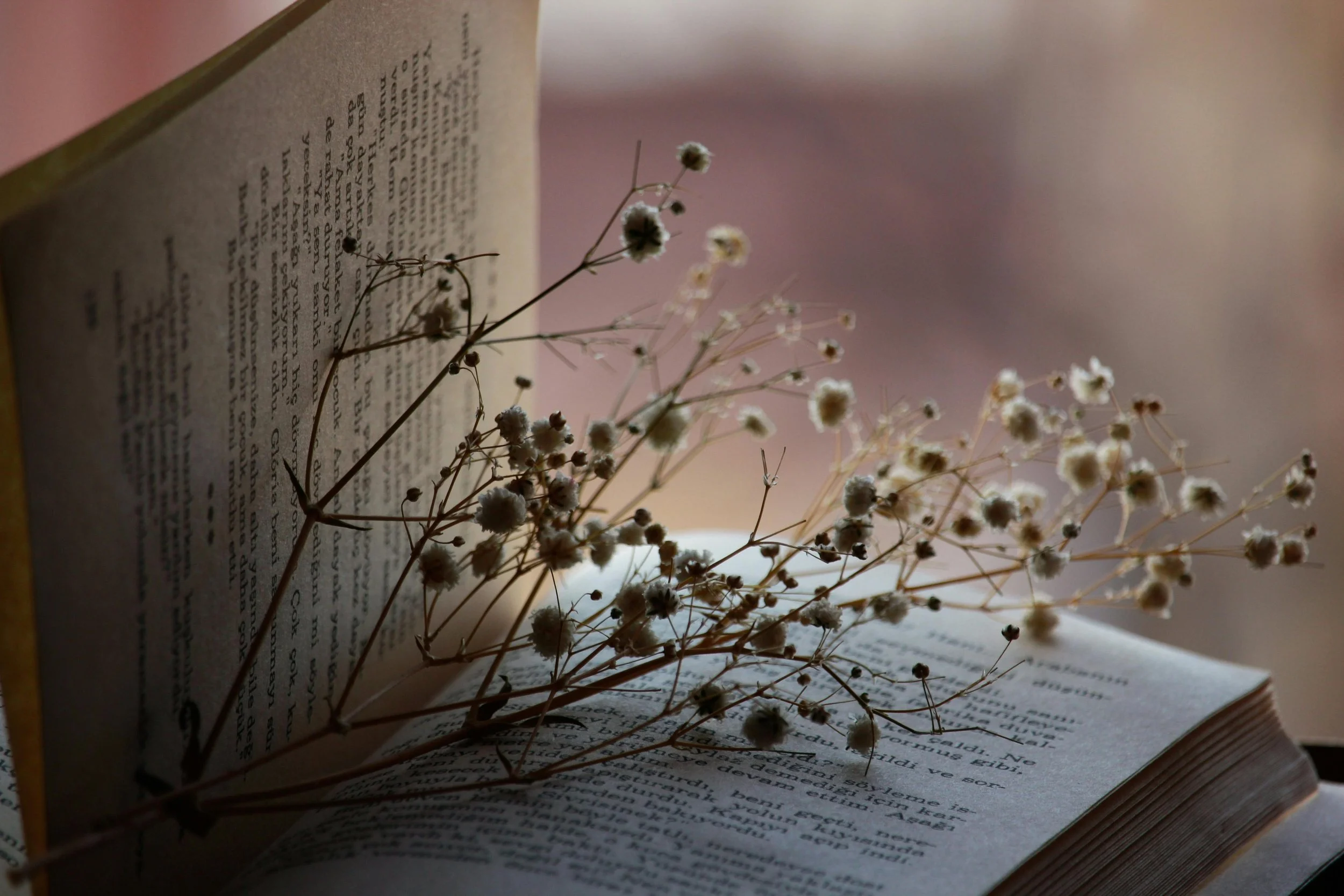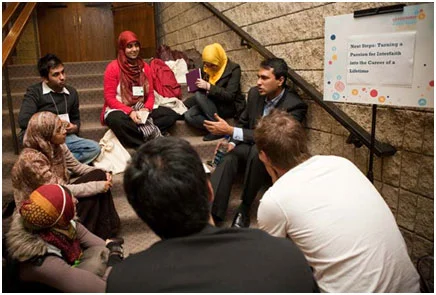Stories shape our understanding of the world. They teach us who we are, where we come from, and what we value. The stories we tell…
Editorial: Navigating the Pathway of Justice
In today’s complex world, the pursuit of social justice demands that we not only confront systemic inequities but also build sustainable paths for change. The...
The Gift of These Voices
Those of you who have followed TIO since it launched in September 2011 know that a major motivation for creating this publication was to tell the untold interfaith stories proliferating around the world. That much has begun, with 1,500 articles in TIO’s archive now being programmed with new software that should make them much more accessible by subject, theme, and author. We hope to launch TIO’s renovated website this September, with TIO’s whole library available to you in just a few clicks.
Featuring Eboo Patel
Featuring Vicki Garlock and Bud Heckman
Featuring Ruth Broyde Sharone
Featuring Marcus Braybrooke
Planning this Year for TIO 2.0
Winter Light
Finding the Light
Changes at The Interfaith Observer (TIO)
Can Things Get Better for Us All?
by Paul Chaffee
Trying to understand the scope of the word ‘interfaith’ is a never-ending exercise these days. Religion itself, in a remarkable turn-around, is taking center stage in the mainline media day after day.
Developing Interfaith Education, Starting with the Heart
Religion in the News
Welcoming Vicki Garlock, New TIO Correspondent
Learning to Appreciate South Asian Religion
Creativity and the Spirit
Beyond the Doctrine of Discovery
A Higher Collaborative Imperative
Turning to Joy
“The beating heart of the universe is holy joy.” – Martin Buber
When religion and violence are endlessly discussed, analyzed, and carelessly conflated, it behooves us to take time to notice how joy tends to be a defining element in interfaith and interspiritual relationships. Not just a kum-by-ya sense of shared well being and friendship, but deeper, a ‘holy joy,’ to use Buber’s language, on entering a world where the ‘other’ is treasured rather than feared. Here is a world where you and the other can appreciate the gifts and wisdom in each other and be mutually enriched, an unexpected banquet to enjoy.










